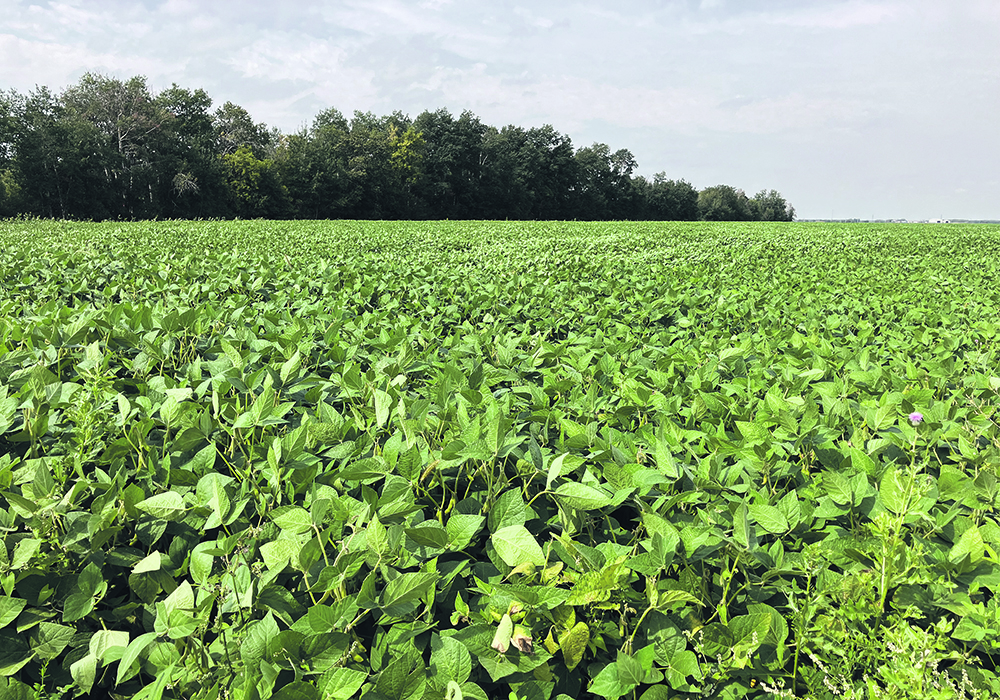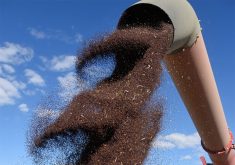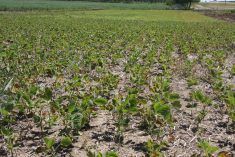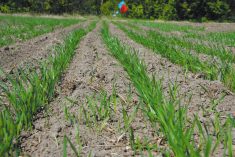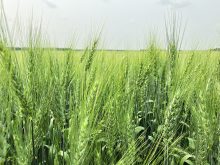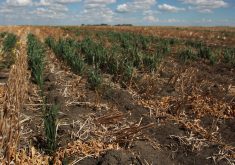Market attention will soon turn to South America, where seeding has begun on the next soybean crop, which major forecasters expect will set a new record if the current soil moisture deficit is fixed by improved rain.
Soybean and canola futures are weak as combines roll in North America, harvesting a forecasted record large soybean crop in the United States. Canada’s canola crop at a forecasted 19 million tonnes is slightly below average, but the total supply will be strong, thanks to the larger-than-normal carry-in from last year.
Politics and trade policy could have an outsized impact on oilseed prices in coming months as China conducts an anti-dumping review of Canadian canola. In the United States, the potential of Donald Trump returning to the White House brings with it the potential of increased U.S. tariffs and a new trade war with China.
Read Also

Volatile temperatures expected for this winter
DTN is forecasting a lot of temperature variability in the Canadian Prairies this winter. Precipitation should be close to average.
However, supply fundamentals and weather will also have their usual effect on prices.
The market is currently trading on the idea that the record U.S. soybean crop and a potential record South American crop will mean supply will outstrip demand, leading to increased carryout at the end of the current crop year.
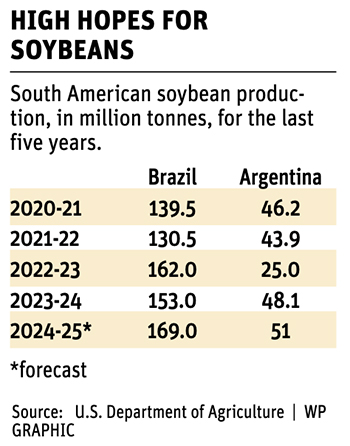
The U.S. Department of Agriculture forecasts year-end global soybean stocks at 134.6 million tonnes, up almost 20 per cent from 112.3 million last year.
On a stocks-to-use ratio measure, global stocks would rise to a record high 33.4 percent, or to put it another way, 122 days of supply.
Last year the stocks-to-use ratio was 29.3 per cent, or 107 days.
However, that assumes record production in South America, and seeding has barely begun there.
Conditions are far from ideal.
We are at the end of the winter dry season there. As usual, farmers in Brazil are looking forward to spring rain so they can seed. This year, though, it is exceptionally dry in large parts of South America.
Brazil is on track to have its worst fire season because of the worst drought in at least 70 years. Smoke blankets large parts of the country. River levels in the Amazon basin are at record low levels.
Farther south, the Parana River that starts in Brazil and flows south through Argentina is at its second lowest level since 1970.
Rosario, Argentina, is on the river and is the country’s most important export port. About 80 per cent of the country’s crop exports go out through the Parana River, but currently ships can’t take on full loads for fear of grounding.
Neighbouring Paraguay also relies on the river for exports and is also suffering.
Even with the current drought, expectations are that spring rain will arrive, allowing the seeding to proceed.
The USDA forecasts Brazil’s soy crop at a record acreage and record yield, producing a record 169 million tonnes, up from 153 million last year. It expects Argentina’s soy crop to be a record 51 million tonnes, up from 48.1 million last year.
Forecasts last week indicated some rain in southern Brazil in the last two weeks of September, but little in central Brazil, including Mato Grosso and Mato Grosso do Sul.
Last week, analyst Michael Cordonnier of Soybean and Corn Advisor said soil moisture in Mato Grosso was the lowest in 30 years and added that farmers would likely be cautious and not risk planting until there was significant rain.
However, Brazil has a long planting window into November, he noted. Late seeding is a problem because it limits the ability to seed corn after the soybeans are harvested.
Wheat is currently growing in Argentina, and soy seeding is several weeks away. Generally, there is better moisture than in Brazil.
Some analysts believe Argentine farmers will reduce corn acres because of insect problems and plant far more soybeans. The USDA’s forecast sees a more modest 3.6 per cent increase in acres to 41.76 million, but that would be a record.
Weather in coming months will be affected by the expected shift to a La Nina in the Pacific.
Today, we are in the neutral phase. The U.S. Climate Prediction Center says there is a 71 per cent chance of La Nina emerging in the September to November period, and it could persist through January-March. For now, the expectation is that it will not be a strong La Nina.
La Nina tends to bring dry weather to Argentina and southern Brazil, but central and northern Brazil are OK.
Last year, El Nino was in place and it delivered good rain to the south but dry weather to central and northern Brazil.

